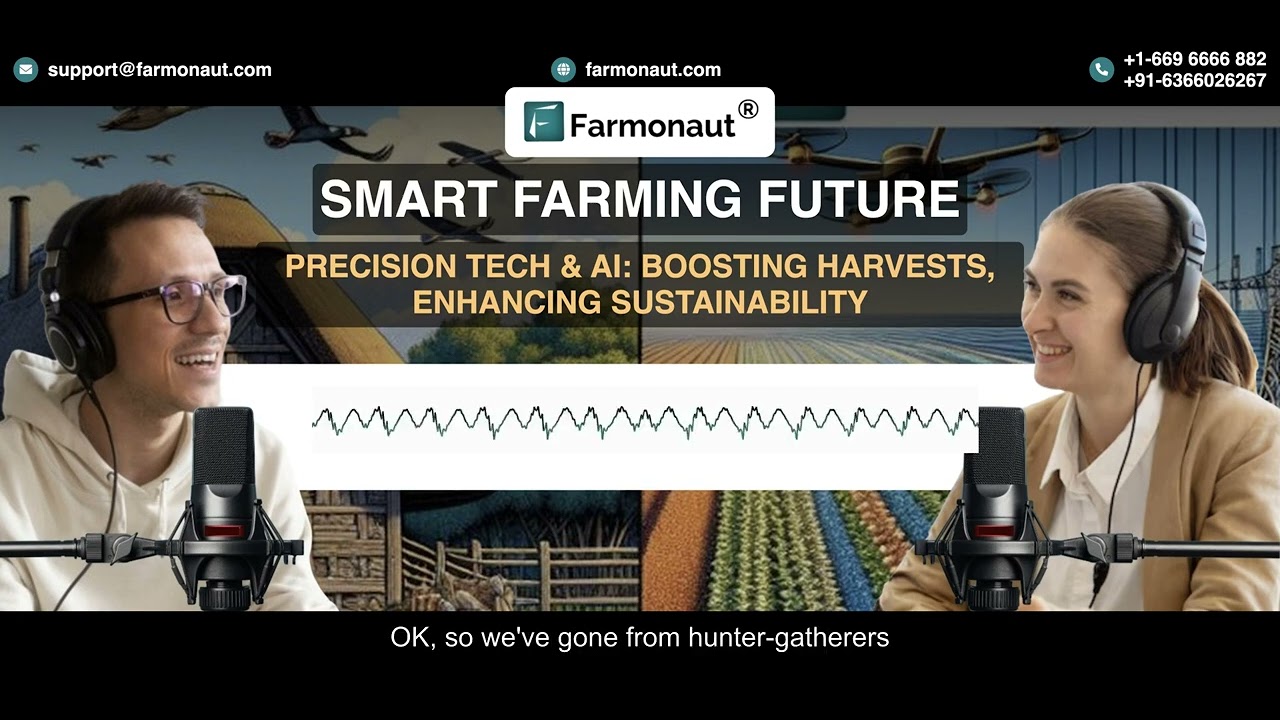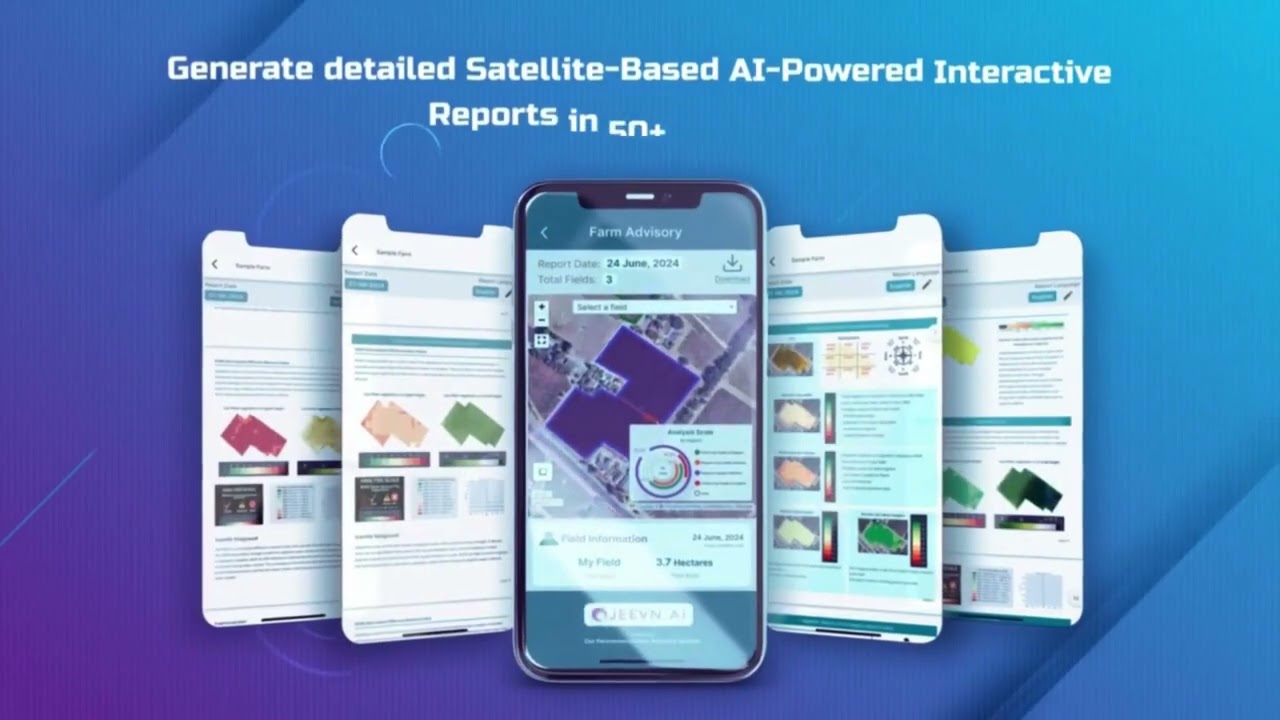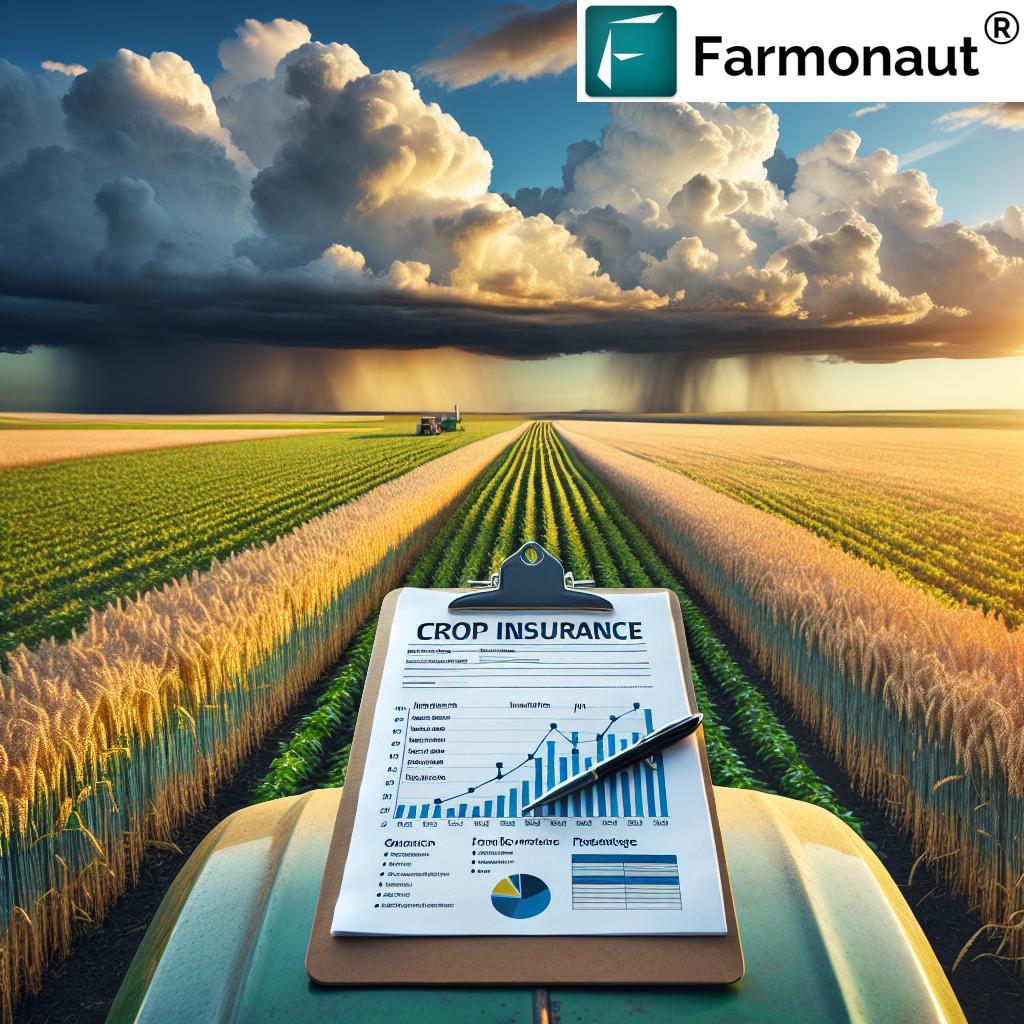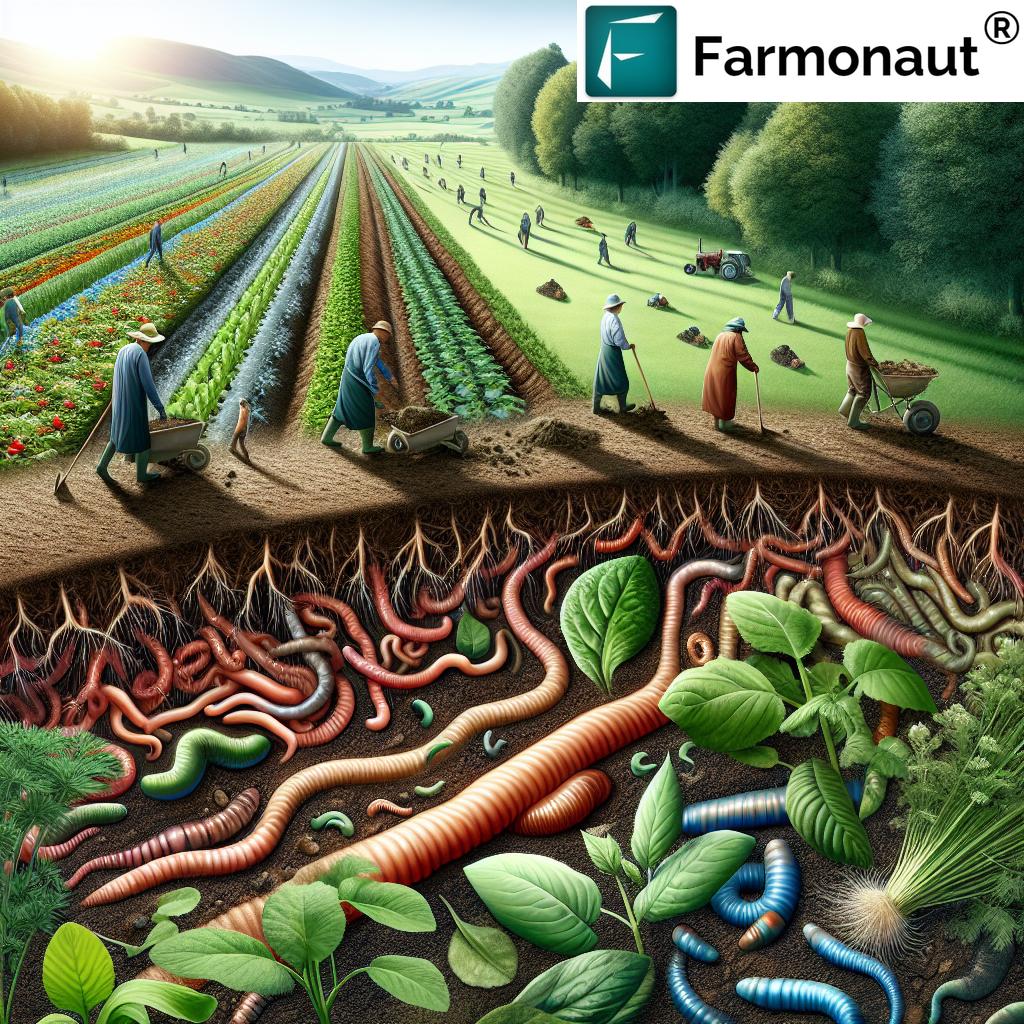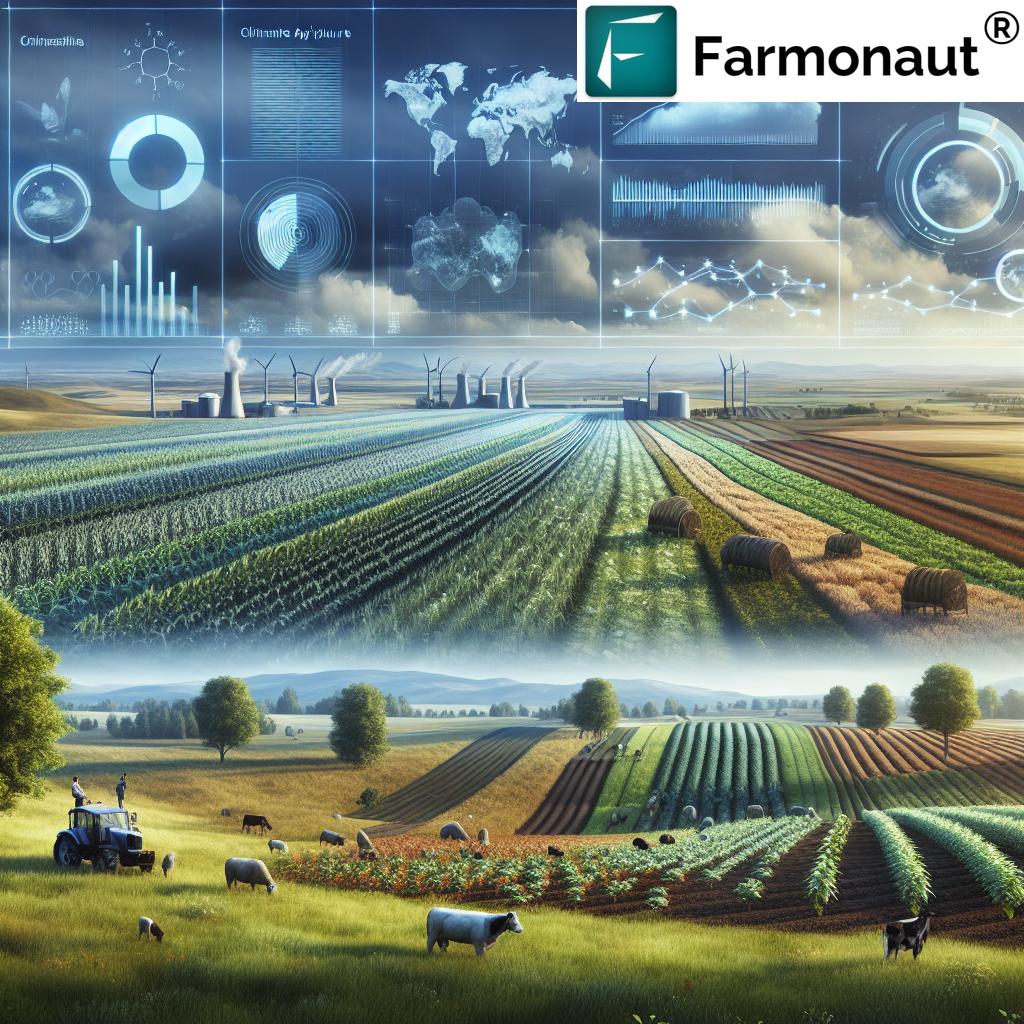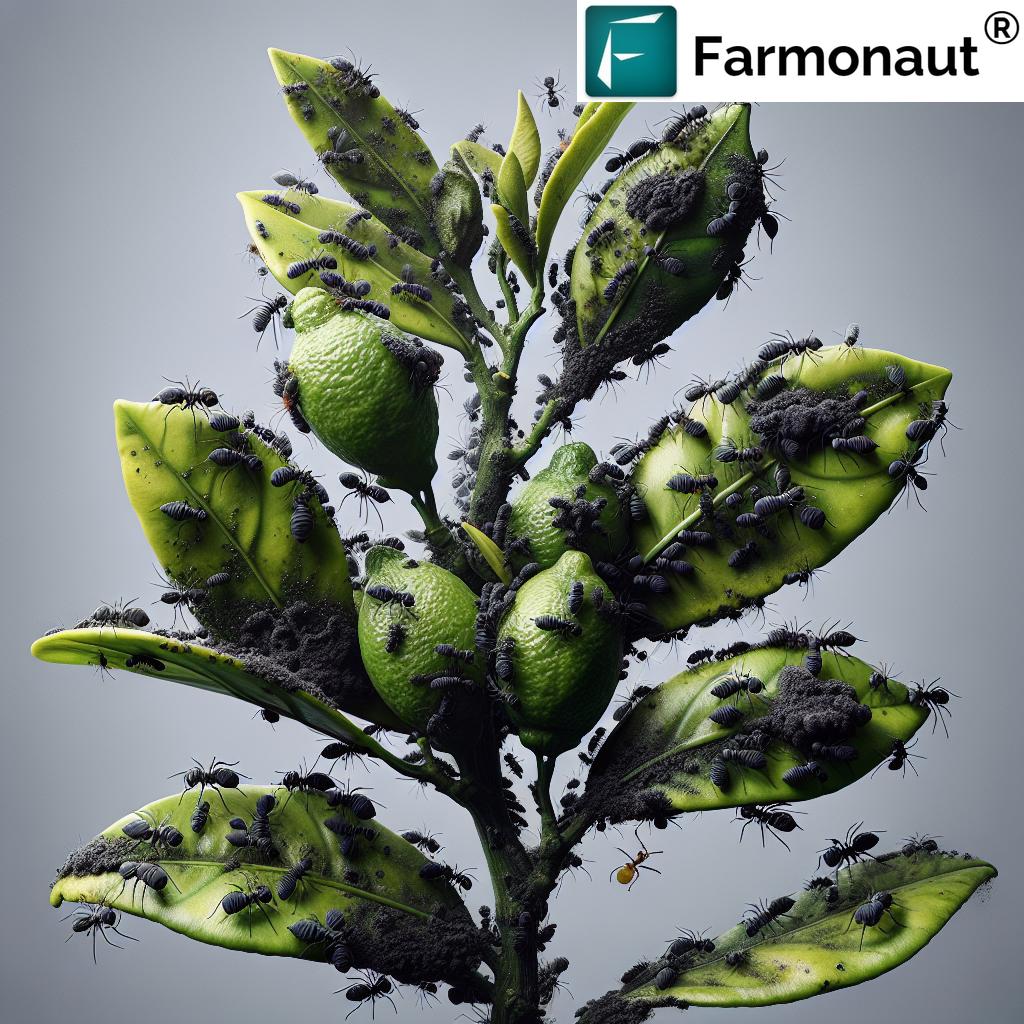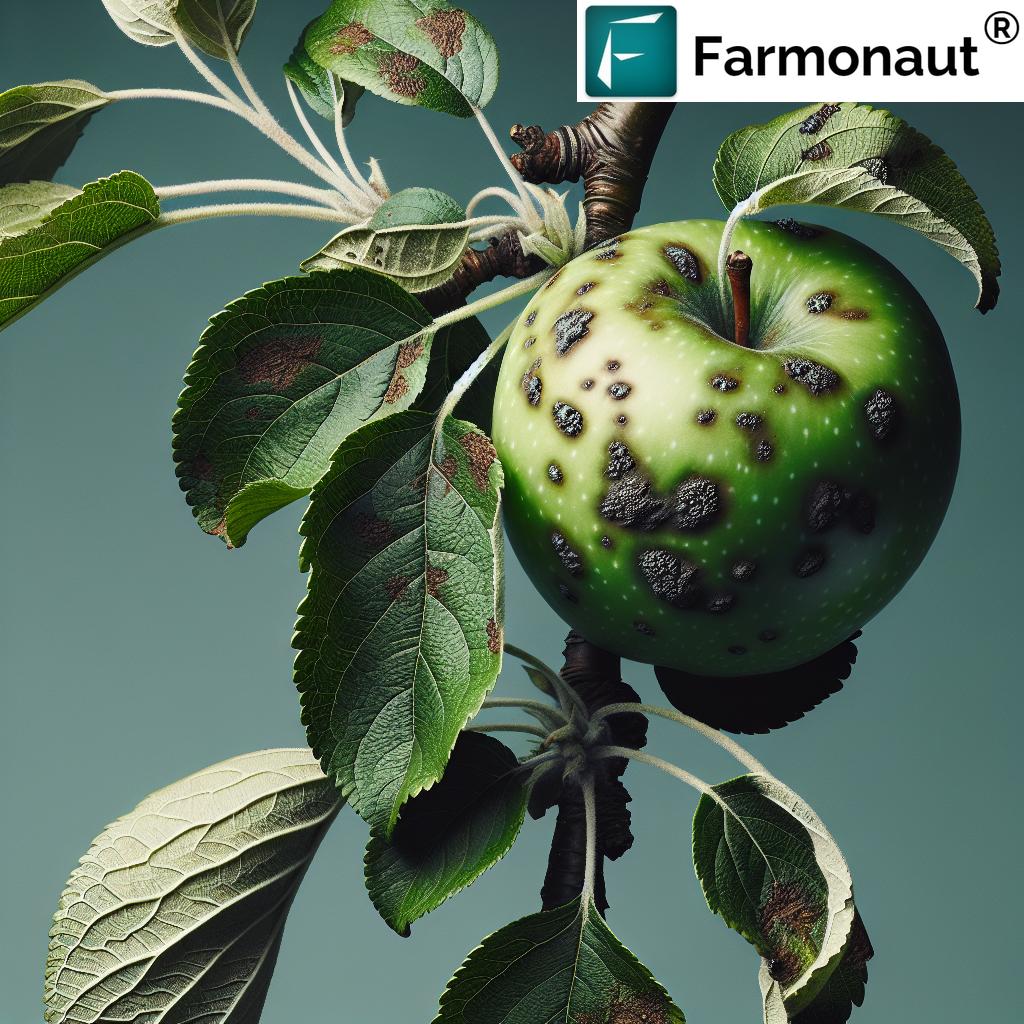Farmland Portfolio Diversification: 7 Top Benefits 2025
“Diversified farmland portfolios can reduce investment risk by up to 30% compared to single-crop holdings in 2025.”
Portfolio Diversification with Farmland: A Strategic Approach to Sustainable Agriculture in 2025
In the rapidly changing era marked by increasing climate variability, volatile commodity prices, and evolving global food demands, portfolio diversification with farmland has emerged as a pivotal strategy for both investors and farmers alike. No longer just the realm of productive fields, farmland is now recognized as a resilient, appreciating asset class with both financial and sustainability appeal.
As we move deeper into 2025, it is essential to understand how farmland portfolio diversification works, the ways it buffers risk, and how it fosters growth, stability, and ecological balance within the sector.
The Concept of Farmland Portfolio Diversification: What Does It Involve?
Portfolio diversification with farmland refers to the strategic distribution of investments across multiple farmland parcels and varying agricultural systems, crops, and geographic zones. Think of it as the agricultural equivalent of not putting all your eggs in one basket.
Rather than investing in a single parcel of arable land or just one crop type, a diversified farmland portfolio may contain a mix of regions, arable crops, permanent crops (like orchards and vineyards), and even pastureland for livestock. This approach is similar to financial diversification: it mitigates risk by reducing dependence on any single climate zone, crop, or market.
- Geographic diversification allows stakeholders to exploit varying growing seasons and soil types, optimizing productivity and resilience across regions.
- Spatial and crop diversification buffers against localized risks such as droughts, pests, or market price shifts.
- Incorporating mixed farming systems enhances ecological health and broadens income sources.
Benefits of Diversification in Farming for 2025 and Beyond
Diversification in farming is far more than risk aversion—it’s become the pathway toward sustainable, resilient, and profitable agriculture portfolios. By integrating crop rotations, intercropping, agroforestry, and mixed livestock production, farmers can:
- Improve soil health and fertility through biological diversity and organic matter recycling.
- Reduce reliance on chemical inputs by minimizing pest pressures and disease cycles.
- Mitigate climate risk by spreading production across different regions and crop types.
- Tap into emerging food markets (organic, specialty crops, renewable energy on-farm projects).
- Enhance farm and ecosystem resilience by supporting biodiversity.

Try the Farmonaut App for Android

Download the Farmonaut App for iOS
“Sustainable agriculture practices boost soil carbon storage by 15%, enhancing farmland value and environmental resilience in diversified portfolios.”
7 Top Benefits of Farmland Portfolio Diversification in 2025
Why pursue farmland portfolio diversification? Let’s explore the major advantages that make this strategy essential for both investors and farmers, with special attention to ecological health and financial returns.
1. Risk Reduction Across Multiple Axes
Diversifying farmland portfolios substantially reduces risk by spreading assets across varying climates, regions, and crop types. For example, losses from drought or pests in one region can be offset by stable or high-performing yields elsewhere. According to recent data, diversified portfolios reduce investment risk by up to 30% compared to single-crop holdings—crucial for financial stability in volatile commodity markets.
- Spreads climatic, market, and disease risks
- Shields against localized disasters (droughts, floods, policy changes)
- Buffers fluctuations in commodity prices
2. Resilient, Steadier Returns for Long-Term Investment
By optimizing land use across regions and crops, investors achieve more consistent returns year over year. Land planted with various crops in distinct locations is less likely to all underperform simultaneously. This is especially valuable in an era of increasing climate variability and volatile markets.
- Low correlation with equity or bond markets enhances overall portfolio resilience
- Long-term appreciation of farmland asset value
- Multiple income streams (staple, permanent crops, livestock, renewables)
3. Biodiversity Support and Ecosystem Balance
Diversification in farming means planting a mix of crops, introducing agroforestry, or integrating livestock, which enhance not only farm productivity but also local biodiversity. Ecological balance improves, pests are kept in check by natural predators, and the risk of major disease outbreaks drops.
- Promotes beneficial insect and bird populations
- Reduces pesticide requirements
- Encourages pollinator-friendly habitats
4. Soil Health Improvement and Agricultural Sustainability
Crop rotations, intercropping, and reduced tillage in diversified systems enhance soil health and structure. Studies show diversified farms increase soil organic carbon by around 15% and decrease erosion, directly improving farm productivity and making farmland more valuable over time.
- Improves nutrient cycling and decreases loss of topsoil
- Supports microbial activity crucial for high yields
- Lowers input costs by naturally enhancing fertility
5. Water Use Efficiency and Resilience to Drought
Farmland portfolio diversification strategies incorporate crops with varying water needs, more effectively using available water resources and building resilience against dry spells. Integrating water-efficient crops, rotational grazing, and drought-tolerant varieties greatly reduces the impact of water scarcity.
- Diverse root structures improve water infiltration and retention
- Reduces need for supplemental irrigation during droughts
6. Carbon Sequestration and Climate Mitigation
Well-managed, diversified agriculture portfolios can become powerful carbon sinks. Incorporating perennial crops, reduced tillage, and agroforestry accelerates carbon sequestration in soils and vegetation, aligning with sustainability goals and boosting asset value as carbon markets become mainstream in 2025.
- Supports global carbon footprint reduction
- Qualifies farmland for sustainability grants and carbon credit programs
- Increases long-term appreciation of farmland value
7. Crop Yield Stability and Food Security
Ensuring food security hinges on stable crop yields and reliable farm productivity. Diversified portfolios buffer the impacts of localized failures and market shocks. By spreading crops across zones and seasons, stakeholders can harvest more consistently, meeting both market and global food demands into 2025 and beyond.
- Decreases the risk of total crop failure
- Enables year-round or staggered harvests
- Maintains steady supply to markets, increasing economic resilience
Comparative Table: Top 7 Farmland Portfolio Diversification Benefits (2025)
| Benefit | Estimated Value / Percent Risk Reduction or Return Increase (2025) | Sustainability Impact |
|---|---|---|
| Risk Reduction | Up to 30% less investment risk vs. single-crop holdings | Prevents total loss from events; enhances rural resilience |
| Resilient Returns | Steadier cash flows; 8–12% potential annual appreciation | Supports economic stability for farming communities |
| Biodiversity Support | 30–50% increase in beneficial insect variety | Restores local ecosystems and reduces chemical inputs |
| Soil Health Improvement | 15% increase in soil organic carbon | Prevents erosion and enhances productivity long-term |
| Water Use Efficiency | 10–20% reduction in water usage across systems | Improves drought resilience and conserves water resources |
| Carbon Sequestration | Up to 2.5 tons/ha/yr additional carbon stored | Offsets local and global carbon emissions, supports compliance |
| Crop Yield Stability | 25% reduction in annual production variability | Secures local food supplies and supports food sovereignty |
Advanced Strategies in Agriculture Portfolio Diversification for 2025+
2025 marks a new era with digitization, satellite mapping, and AI-driven farming offering unprecedented visibility and control. Here are some of the latest global strategies for maximizing returns with sustainable impact:
- Geographic Diversification: Spreading investments across multiple regions—such as contrasting the California Central Valley with Ontario grainlands—buffers region-specific risks and exploits different growing seasons.
- Combining Crop and Livestock Systems: Rotational grazing, intercropping, and permaculture design can enable year-round production and enhance soil health.
- Incorporating Climate-Smart Crops: Leveraging data to pick resilient, drought- and pest-tolerant varieties ensures steady yields even during years of increasing climate variability.
-
Adopting Technology & Data-Driven Management: Using real-time satellite imagery and AI advisory platforms like Farmonaut’s Jeevn AI fosters responsive planning and soil/crop health monitoring across diverse farmlands.
- Blockchain Traceability: Increasing demand for sustainable, ethically produced food makes it vital to prove provenance. See how our traceability solution leverages blockchain for credible supply chain transparency in agricultural portfolios.
- Fleet and Resource Optimization: Ensuring machinery and fleet are used most efficiently across distributed parcels. Optimize logistics and resource allocation through advanced satellite-powered fleet management with Farmonaut.
-
Large-Scale Field Mapping: Satellite monitoring tools help track crop performance, soil trends, and resource needs on hundreds or thousands of hectares simultaneously.
How We at Farmonaut Support Diversified Farmland Portfolios
At Farmonaut, our mission is to empower agricultural portfolio management by making high-quality, affordable satellite data, AI analytics, and digital tools accessible and actionable for all stakeholders across the globe. Here’s how we amp up diversification efforts:
- Real-Time Satellite Monitoring: Our platform allows managers to monitor crop health, soil moisture, and vegetation indices (like NDVI) across entire farm portfolios, ensuring timely intervention and resource allocation.
- AI-Based Advisory: With our Jeevn AI system, users receive automated recommendations and tailored insights, optimizing crop choices, irrigation timing, and sustainable land use planning on a parcel-by-parcel basis.
- Blockchain-Based Traceability: We provide a traceability solution to verify the origin and journey of agricultural products, which addresses consumer trust while qualifying for ESG and sustainability-linked finance.
- Fleet & Resource Management Tools: Our fleet management tools help optimize the movement and efficiency of equipment across geographically spread assets, further maximizing operational returns.
- Environmental Impact Monitoring: We enable carbon footprint tracking and management for diversified farms striving for compliance and value appreciation.
- API Integration for Developers: Our robust API and developer documentation allow businesses and innovators to embed satellite data and analytics into custom agricultural applications.
Challenges, Risks, and Strategic Considerations for Diversification (2025 & Beyond)
While the benefits of farmland portfolio diversification are substantial, several challenges require attention:
- Complexity in Management: Overseeing assets across different regions, crop cycles, and regulatory environments demands advanced digital management and localized expertise.
- Capital Requirements: Acquiring diverse parcels in various locations can be costly, often requiring innovative investment models and access to financing.
- Regulatory Compliance: Legal, environmental, and social standards vary by region and crop type, making regulatory due diligence essential.
- Environmental & Social Impact: Diversification strategies must be grounded in sustainable practices (no deforestation, water use efficiency, community engagement) to protect both asset value and local ecosystems.
- Adapting to Market Shifts: As consumer trends and export policies change, portfolios should remain agile to incorporate new crops or sustainable products.
- Technological Integration: Smoothly implementing tech like satellite monitoring, blockchain, and AI-driven analytics across all holdings may require phased rollouts and staff training.
- Insurance and Financing: Our crop loan and insurance solution can help de-risk diversified farming by providing satellite-backed verification and reducing paperwork for lending.
Ready to manage your diversified agriculture investments? Access our suite of digital solutions.
FAQs: Farmland Portfolio Diversification for 2025 and Beyond
Q1. What is farmland portfolio diversification?
Farmland portfolio diversification is the process of distributing investments across multiple farmland parcels, regions, crop types, and farming systems. Diversification reduces risk by preventing reliance on a single farm, climate zone, or crop, enabling more stable returns and enhanced sustainability.
Q2. Why is diversification important in farming?
Diversification in farming improves ecological balance, buffers against environmental and market-linked risks, and supports sustainable production. It enhances soil health, reduces pest pressures, promotes biodiversity, and secures reliable income streams.
Q3. How does technology support farmland diversification?
Technologies like satellite-based monitoring, AI-driven advisory systems, blockchain traceability, and remote resource management (such as those offered by Farmonaut) provide the data and automation necessary to effectively manage complex, diversified farmland portfolios across vast geographies.
Q4. What are the environmental benefits of diversification?
Diversified agriculture portfolios foster biodiversity, increase soil organic carbon, reduce water use, and sequester atmospheric carbon—directly combating climate change and land degradation.
Q5. What are common challenges of farmland portfolio diversification?
Challenges include management complexity, high capital investment, regional regulatory differences, and ensuring technology integration. However, digital platforms, tailored financing, and expert advisory systems are increasingly available to overcome these barriers.
Q6. How can I start tracking environmental impacts and carbon sequestration on my diversified farmlands?
Platforms like Farmonaut’s Carbon Footprinting product provide easy, satellite-verified tools to monitor, document, and optimize your farm’s sustainability performance.
Conclusion: Embracing Farmland Portfolio Diversification for a Resilient & Sustainable Future in 2025
As the global agricultural sector faces evermore climate, market, and policy uncertainties, embracing farmland portfolio diversification is no longer optional—it is essential. By spreading assets across different crops, land regions, and farming systems, we can achieve financial resilience, environmental health, and reliable food security.
- Diversification reduces risk and stabilizes returns.
- It enhances soil quality, water use, and ecosystem services.
- Adopts cutting-edge digital technologies for smart, scalable asset management.
Looking to the future, the synergy of sustainability, digitization, and strategic farmland portfolio diversification positions the agricultural industry for growth, stability, and ecological stewardship—vital for feeding an expanding world population and preserving our planet.
Ready to start your diversification journey?

Explore Farmonaut’s platform to monitor, manage, and future-proof your diversified farmland portfolio today.




